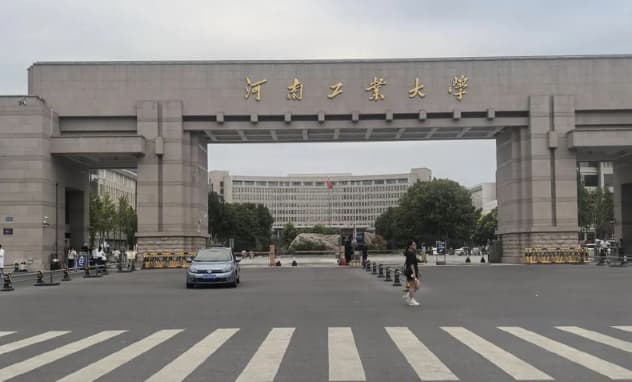Mastering English Translation for Postgraduate Entrance Exams: Your Ultimate Study Guide
English translation is a critical component of the postgraduate entrance exam, testing candidates' ability to accurately convey meaning between languages. Many students find this section challenging, but with the right approach, it can be mastered effectively. This guide provides insights into common questions about translation study methods, helping you refine your skills and boost your confidence. Whether you're struggling with syntax, idioms, or cultural nuances, these answers will offer practical tips to enhance your performance.
1. How Should I Balance Vocabulary Building and Grammar Practice for Translation?
When preparing for English translation in postgraduate exams, many students wonder how to balance vocabulary building with grammar practice. The key is to recognize that both elements are equally important and should be integrated into your study routine rather than treated as separate tasks. Start by expanding your vocabulary through contextual learning—read articles, books, and sample translation texts that include new words, and note how they're used in different grammatical structures. This approach helps you remember words more effectively and understand their nuances.
For grammar, focus on areas that commonly appear in translation tasks, such as passive voice, conditional sentences, and complex tenses. Practice by rewriting sentences from English texts into Chinese, paying attention to grammatical accuracy. Use grammar workbooks specifically designed for translation, which often include exercises that bridge vocabulary and syntax. Additionally, consider using flashcards with example sentences to reinforce both aspects simultaneously. Remember, translation isn't just about finding equivalent words—it's about maintaining the original meaning while adapting to the target language's grammatical rules. By combining vocabulary and grammar practice, you'll develop a more holistic understanding that will serve you well during the exam.
2. What Are the Most Effective Strategies for Handling Cultural Differences in Translation?
Handling cultural differences is a common challenge in translation exams, as English and Chinese often carry distinct idioms, references, and social contexts. To tackle this, start by familiarizing yourself with cultural equivalents—create a list of commonly tested phrases or allusions and their Chinese counterparts. For example, idioms like "break the ice" might translate to "say something to ease the atmosphere," rather than a literal translation. Sample translation texts often include cultural references, so review these carefully to identify patterns.
Another effective strategy is to develop a "cultural mindset" while reading English texts. Ask yourself how a native Chinese speaker would interpret certain phrases or cultural references. This approach helps you anticipate potential difficulties during the exam. Additionally, practice by translating texts that contain cultural elements, such as advertisements or historical documents, and seek feedback from teachers or peers. They can point out areas where cultural adaptation might be needed. Remember, translation isn't just about words—it's about conveying the intent behind them. When cultural differences arise, focus on the underlying meaning rather than a word-for-word match. This will help you produce more natural and accurate translations.
3. How Can I Improve My Speed and Accuracy in Translation Under Exam Conditions?
Improving speed and accuracy in translation during exams requires targeted practice and time management skills. Begin by setting a timer for practice sessions, gradually increasing the duration to simulate exam conditions. Focus on reading comprehension first—understand the source text thoroughly before attempting to translate. Skim the text to grasp the main idea, then read it again to identify key details and nuances. This approach prevents you from getting bogged down in minor details during the actual exam.
For accuracy, develop a habit of double-checking your translations. After completing a passage, review it for grammatical errors, awkward phrasing, and missed cultural references. Use a checklist of common mistakes to guide your review, such as subject-verb agreement or pronoun consistency. Practice with past exam papers, as they often reflect the difficulty and format of the actual test. Additionally, try summarizing longer texts in your own words before translating—this helps reinforce your understanding and speeds up the process. Remember, consistency is key. Regular practice with time constraints will train your brain to work efficiently under pressure, balancing speed with precision.


.jpg)

.jpg)
.jpg)
.jpg)
.jpg)

.jpg)
.jpg)